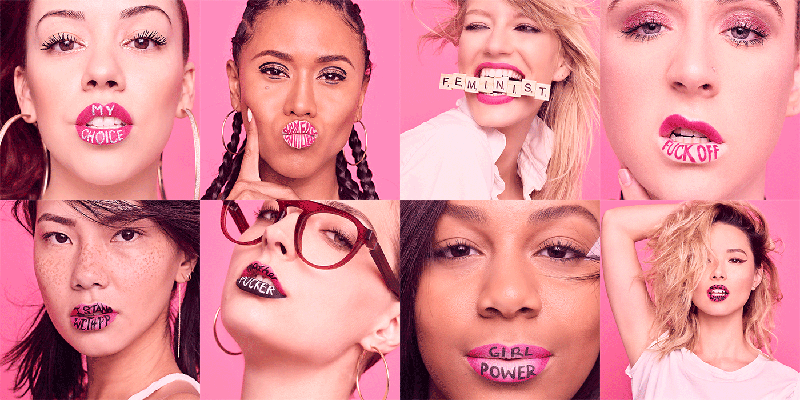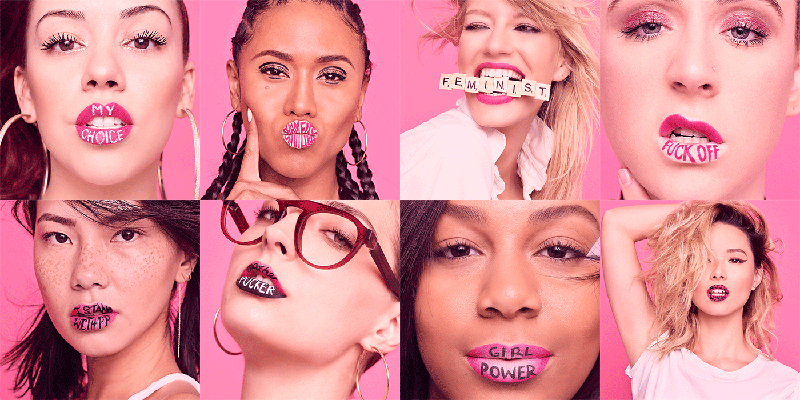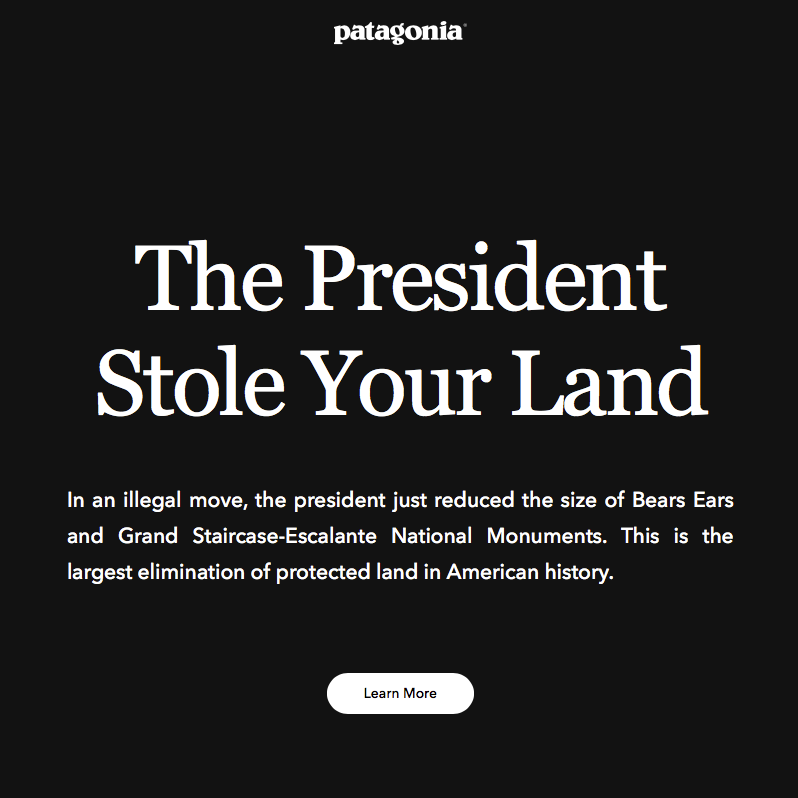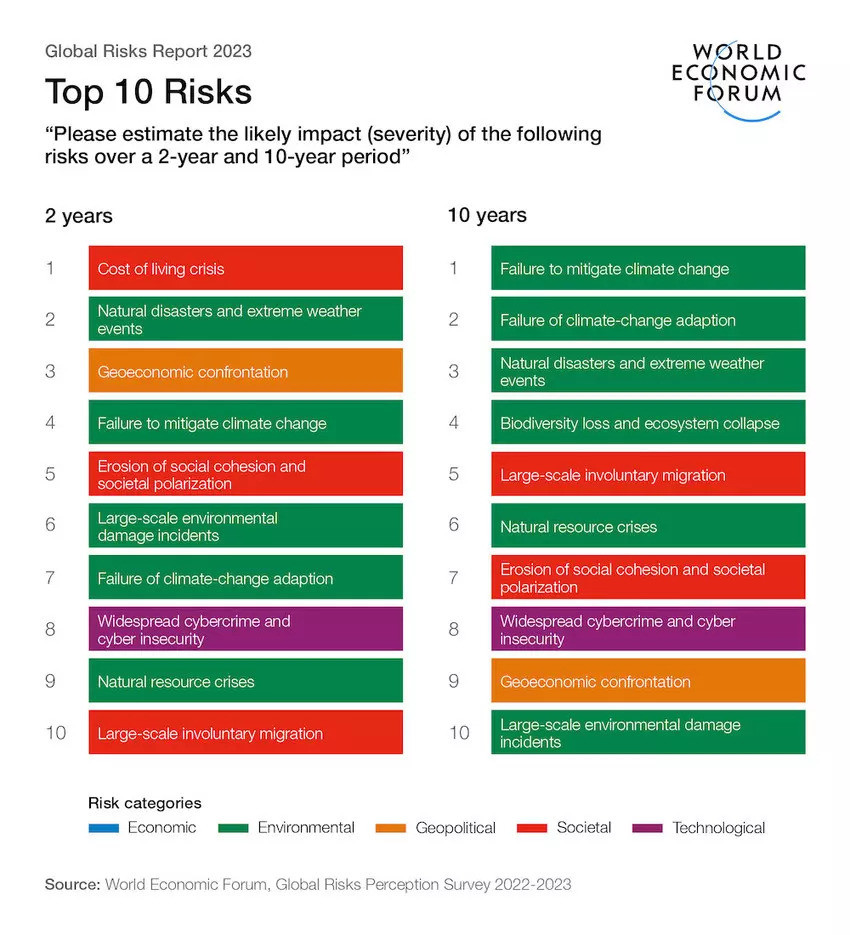
April 4, 2018
Our Brand is Vengeance

In a culture of us versus them, how do brands go to battle and win the future?
There’s no escaping. Our polarized culture is an all-out rally every day—middle fingers in the air at one another. Vindication from socio-cultural and economic struggles isn’t being asked for, it’s demanded. Most brands have tried to avoid getting entangled in this intense climate—frankly, it’s easier to focus on business as usual, and not piss anyone off. While that’s not wrong, it’s imperative for brands to understand people’s desire for vengeance, and how it continues to influence the choices people make.
Desires are the most primal triggers we have, and according to a theory by the late Dr. Steven Reiss, Emeritus Professor of Psychology at The Ohio State University, each of us possess 16 hardwired desires that guide our choices—whether it’s choosing our friends, voting for a candidate or shopping for toothpaste—vengeance being one of them. It’s important to clarify: as defined by Reiss, desires are different from the textbook definitions. “Think of them as the invisible winds that uniquely guide and influence our behaviors,” says Bhavik Joshi, strategy director and insights lead at LPK. “A desire is best defined by the intrinsic motivation to pursue a certain pleasure or avoid a certain fear.” For vengeance, it’s about chasing the sweet thrill of victory, while avoiding the fear of losing. This specific desire has always been around, but it is quite emergent in 2018.
When people walk out of their front door every day, they face obstacles that can’t necessarily be overcome by wearing performance apparel. Still, a brand knowing what keeps their consumers up at night allows them to be a powerful ally, or weapon of choice. Take The Lipstick Lobby. Picking up on the sentiment of women across the country fighting for change, progress and equality, the cosmetics brand rallies their consumer to “pucker in protest” with vibrant lipsticks named “Outrage” and “Kiss My Pink.” They make bold statements to support causes important to their consumer, by donating funds from each lipstick sale to non-profits like the ACLU and Planned Parenthood. Not every brand needs to take this overt of an approach, or sue the President like Patagonia. There are ways to connect to this desire to win without getting into the weeds politically. Take Secret Deodorant for example, which addresses the more stressful personal moments their consumer faces, like asking for a raise and proposing to a boyfriend. While different, both brands have decided to stand by their consumer, no matter what challenges they face.

It’s clear to me this consumer sentiment isn’t weakening anytime soon. Socio-cultural trends typically last five to seven years, so an era of vengeance is here to stay—at least for the near future. But let me offer a silver lining: we never experience one singular desire in a vacuum. The multi-dimensionality of vengeance means it can be used to divide or unite. While there’s much divisiveness today, as we look to the future, brands breaking through are using vengeance to unite.
Now, people aren’t interested in clichéd calls for unity—certainly no can of Pepsi can bridge our widest divides. But, brands that are breaking through are making their appeal in a broader sense. If we look over to Nike, a brand incredibly skilled in vengeance and winning, we see a recent campaign for equality through sports, entitled “Until We All Win.” It uses language and imagery that is fierce and competitive in nature, but with a voice for unification. At the same time, political candidates making waves across a divided United States are individuals who are enthusiastic to “fight” for their constituents, regardless of their political leanings. One such standout is Randy Bryce, an ironworker who has raised $2.6 million in 7 months for his campaign to unseat House Speaker Paul Ryan. Bryce has created a broad appeal beyond his district by vindicating the daily suffering of his constituents, then following-up with an offer to “fight” these obstacles for them in Congress (the word “fight” shows up 6 times on Randy Bryce’s statement for “Why I’m Running.”).
This might seem subtle, but notice none of this is a flat “we’re all in this together” unity chant. It’s a distinct and nuanced perspective: “we have to get in the game and fight for what we believe;” “we’re committed to fighting for change.” Which one of those phrases was from an athletic footwear and apparel brand, and which was from a Wisconsin ironworker running for public office? Well, I guess that’s the point. Brands—no matter the product or service they provide—can choose to ignore this era of vengeance, or they can choose to have the courage to understand it. Doing so will allow them to engage with people in a way that is compelling and true, giving us all something to rally around.

Observed
View all
Observed
By Meredith Post




